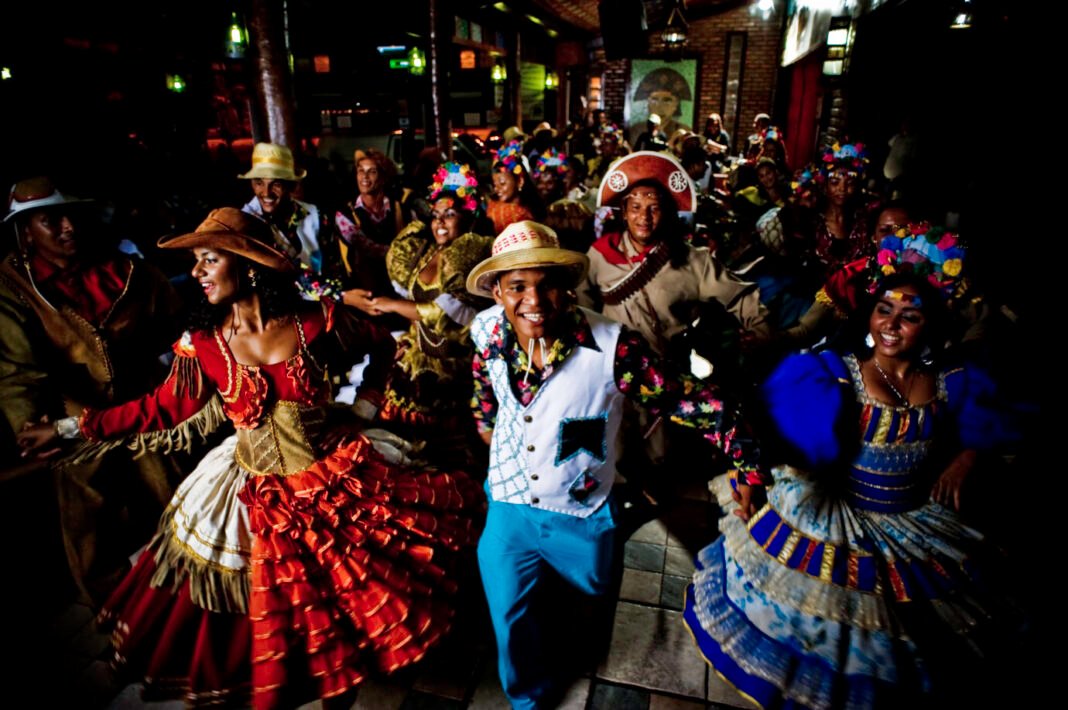Brazil, renowned for its vibrant culture and joyous celebrations, hosts a special festivity each year that captures the essence of its rich traditions and community spirit. Welcome to Festa Junina, the second most important cultural celebration in Brazil after Carnaval.
Celebrated from mid-June to the end of July, Festa Junina marks the end of summer and the beginning of the harvest season. Featuring colorful costumes, lively dances, and an array of traditional foods, this festival is a spectacle that embodies the heart and soul of Brazilian culture.
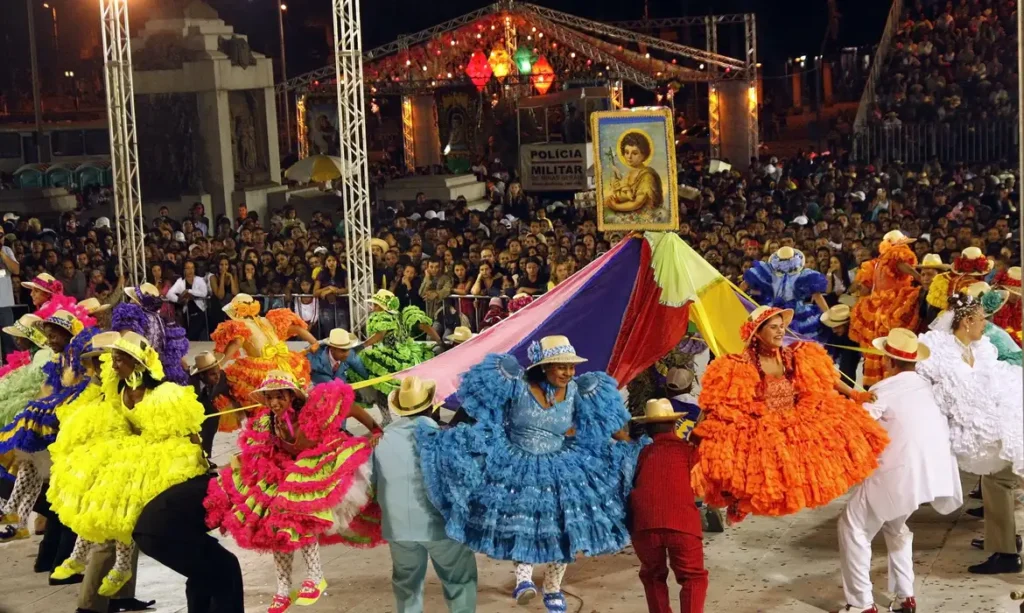
What is Festa Junina?
Festa Junina, also known as Festa de São João in some parts of Brazil, is a traditional festivity that honors three significant Catholic saints: Santo Antônio (Saint Anthony), São João Batista (Saint John the Baptist), and São Pedro (Saint Peter). This celebration, deeply rooted in Portuguese colonization, marks the end of summer and the beginning of the harvest season.
The festival is a time for communities to come together to honor the rain, which is vital for agriculture, and to celebrate marital unions. The festivities are characterized by traditional dances, vibrant costumes, bonfires, and an abundance of delicious Brazilian food. This blend of cultural elements makes Festa Junina a captivating and integral part of Brazil’s rich heritage.
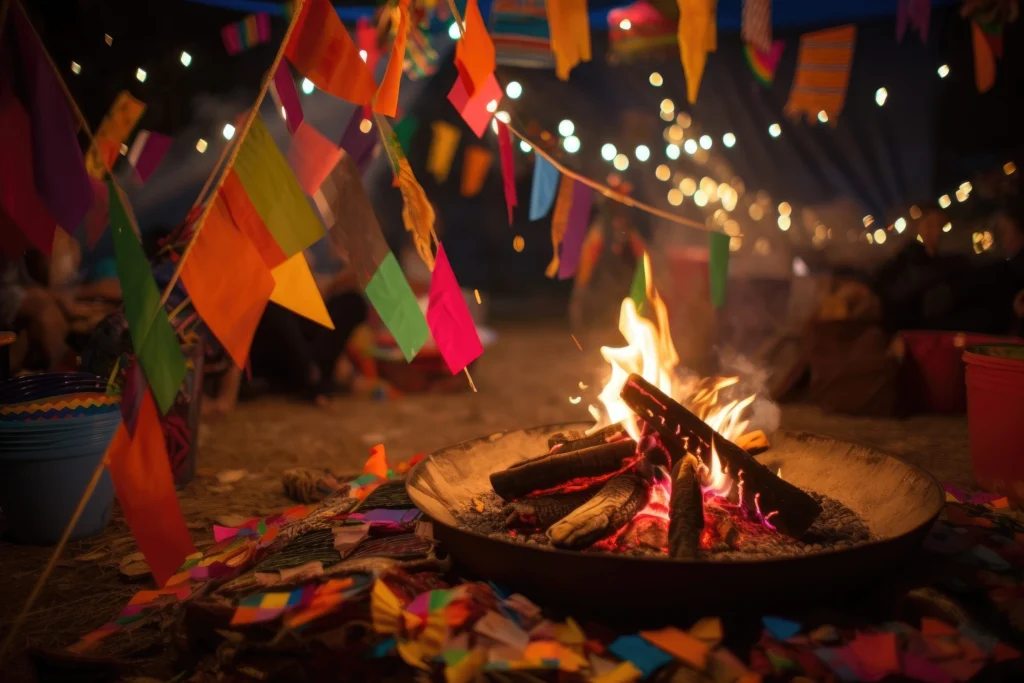
The Heartbeat of the Northeast
While Festa Junina is celebrated throughout Brazil, the Northeast region hosts the most elaborate and spirited festivities. In cities like Campina Grande in Paraíba and Caruaru in Pernambuco, millions gather to partake in what is often referred to as the largest São João Festival in the world.
The celebrations include processions of ‘festeiros’—groups of people who animate the streets with singing and dancing. The bonfires, a significant symbol of Festa Junina, not only provide warmth but also foster a sense of community and togetherness.
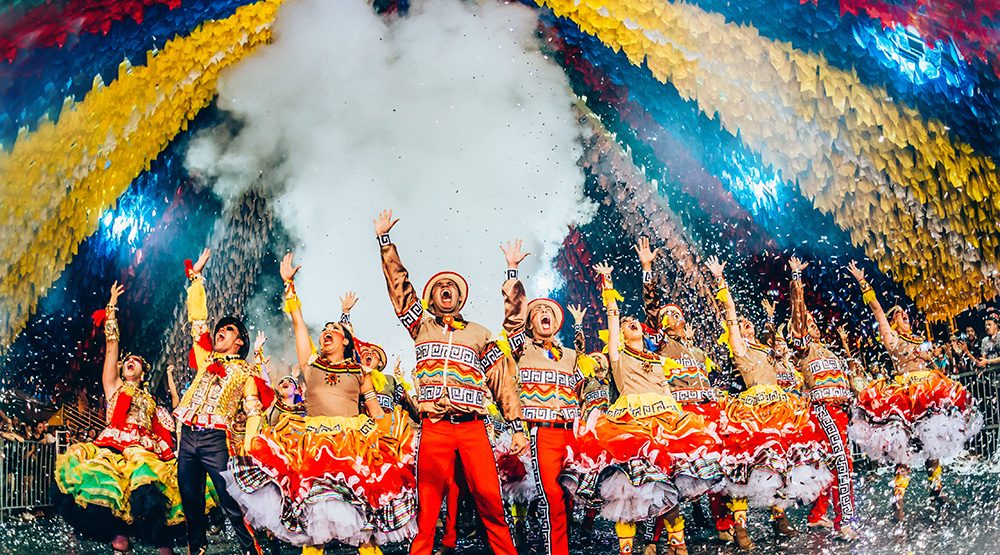
A Feast for the Senses
Visitors to Festa Junina are treated to an array of traditional foods that tantalize the taste buds. Pamonha (sweet corn paste), canjica (a sweet corn pudding), and quentão (a hot spiced drink) are just a few of the culinary delights on offer. These foods, deeply rooted in Brazilian tradition, add a flavorful dimension to the celebrations.
The quadrilha, a traditional folk dance, is a highlight of the festivities. Dressed in peasant costumes, participants dance in pairs, following a choreographed sequence that mimics the planting and harvesting of crops. This dance is not only a tribute to Brazil’s agricultural roots but also a vibrant expression of joy and community spirit.
The traditional costumes of Festa Junina are inspired by rural, Western styles, featuring denim shorts for girls and checkered shirts for both men and women. Many girls add braids to their hair and paint freckles on their cheeks, but nearly everyone embraces the festive spirit by dressing up in some way.
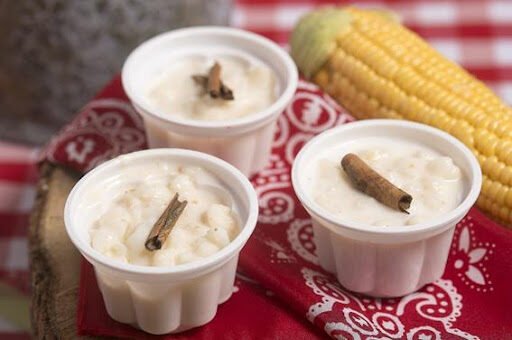
Regional Variations
Different regions in Brazil add their unique touches to Festa Junina. In Maranhão, the festival includes variations known as ‘Sotaques’ of the Bumba-meu-Boi, a colorful dance performance that tells the story of a bull’s death and resurrection. This performance, with its elaborate costumes and rhythmic music, is a captivating spectacle that draws visitors from near and far.
In the Southeast, local communities, businesses, churches, and colleges organize events that feature food stands, games, and quadrilha dances. These gatherings, though smaller in scale compared to those in the Northeast, still capture the festive spirit of Festa Junina.
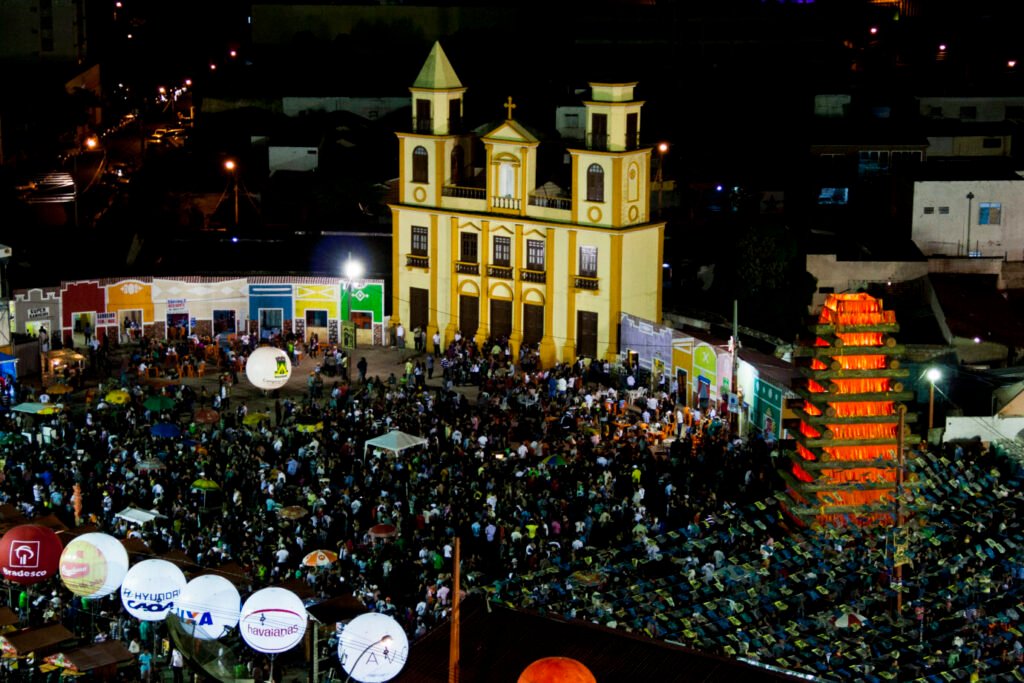
The Warmth of the Bonfire
Central to the Festa Junina celebrations is the bonfire, a tradition that harks back to pagan rituals commemorating the summer solstice. In Brazil, gathering around the bonfire during the cooler June nights not only provides warmth but also reinforces the festival’s focus on community and togetherness. The flickering flames and the camaraderie they inspire are a testament to the enduring spirit of Festa Junina.

